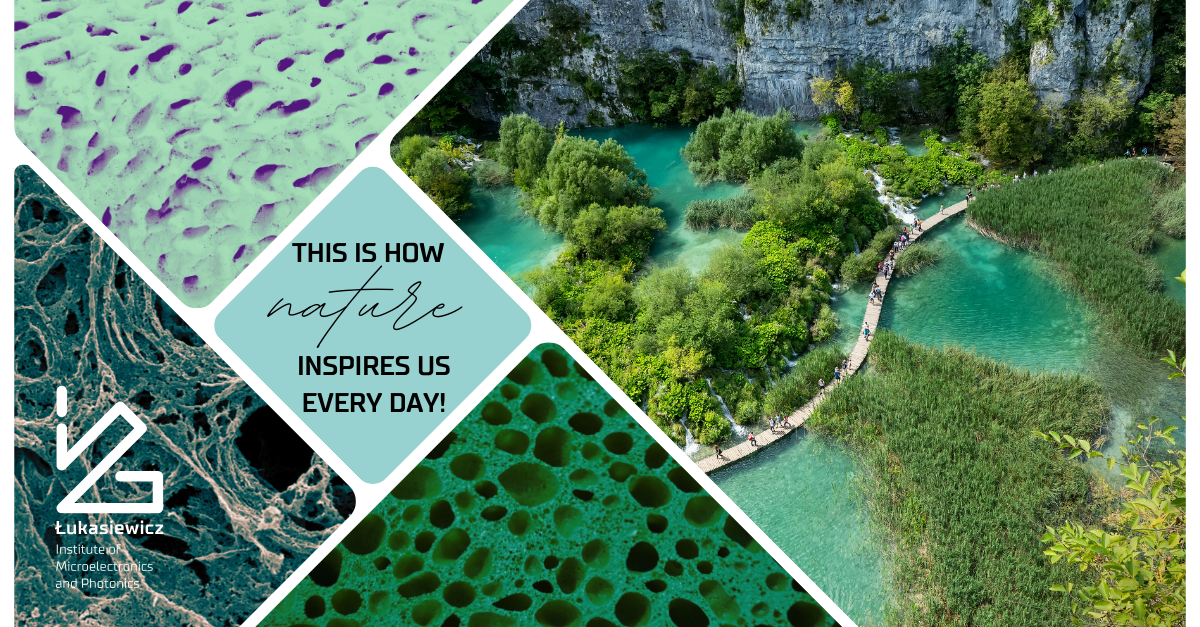What do Plitvice Lakes have to do with Michał Borysiewicz? You might think it’s about our researcher spending this year’s vacation there. 😉 But no – the lakes mentioned above were created on limestone and dolomite substrates, i.e. porous rocks. It just so happens that porosity in nature can be reproduced in the laboratory. The big question is – what for?
Michał Borysiewicz develops porous materials which find numerous applications in the industry, where – depending on their chemical composition and atomic structure – they can serve many purposes:
Porous materials dissipate heat, in other words: they prevent electronic devices such as computers or LED lamps from overheating.
As insulators, they protect against short circuits and prevent the conduction of electric current, which ensures the safe use of the equipment.
They absorb chemicals such as gases or pollutants. They are used in gas sensors, and air and water purification, they also find other environmental applications.
Porous materials can also serve as carriers for energy storage materials such as supercapacitors or high-capacity batteries.
They can be used as black and white decorative coatings.
And – last but not least – due to porous materials having a huge internal surface, they are much more efficient in these processes than non-porous materials.
This is how nature inspires us every day!
You can read more about porous materials produced by Michał Borysiewicz by clicking the links below:
➡ lnkd.in/d-iVse_X
➡ lnkd.in/dDbbnErS
➡ lnkd.in/d8rHvEet


